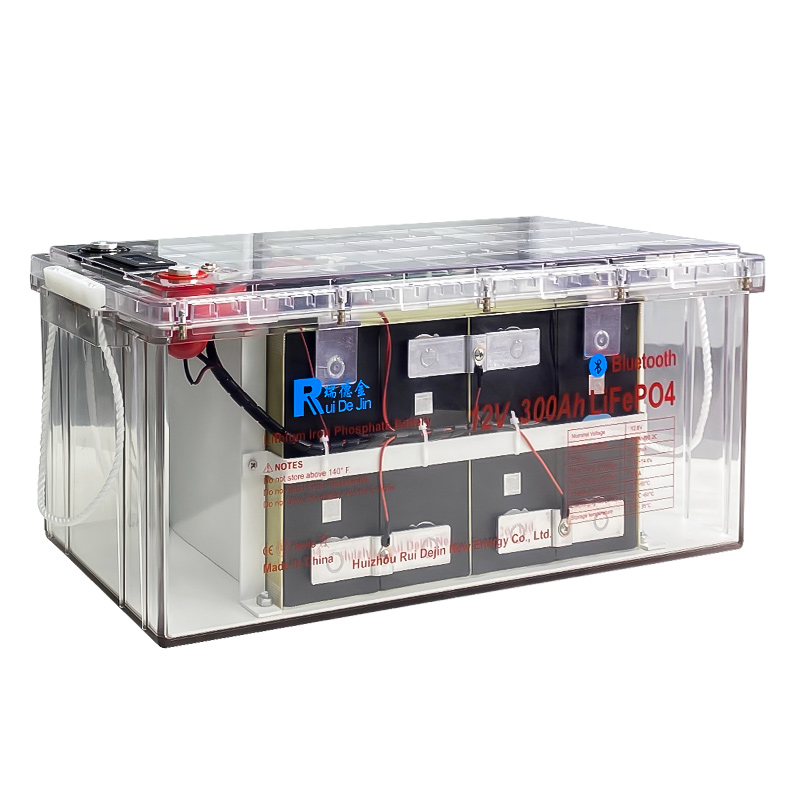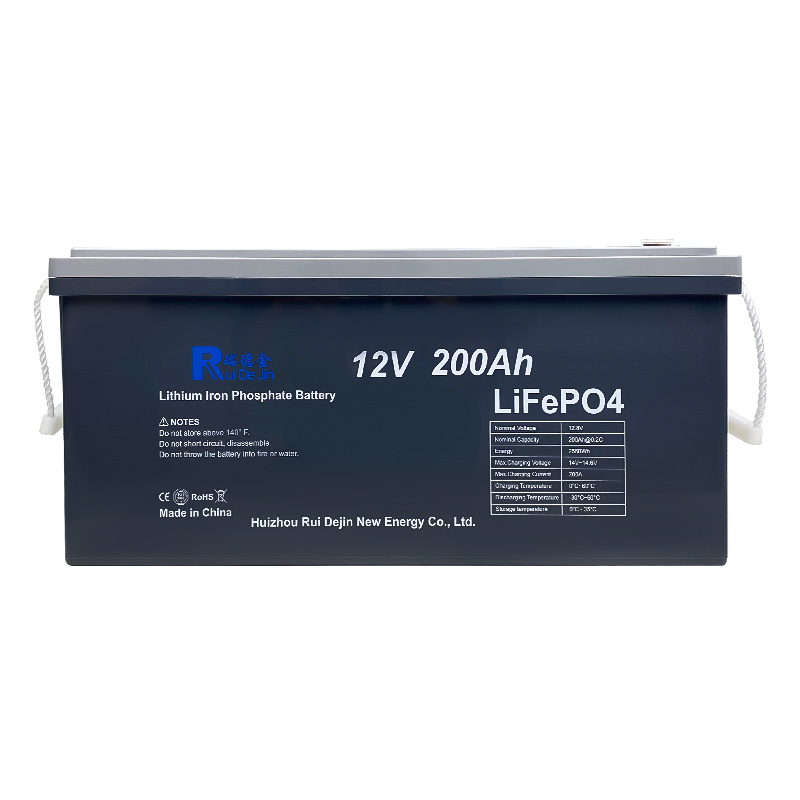At the 2022 World Power Battery Conference, Zeng Yuqun, chairman of CATL (300750) (SZ300750, stock price 532 yuan, market value 1.3 trillion yuan), said that batteries are different from oil. Oil is gone after use, and most of the materials in the battery They are all recyclable. “Take our Bangpu as an example, the recovery rate of nickel, cobalt, and manganese has reached 99.3%, and the recovery rate of lithium has also reached over 90%.”
However, this statement has been questioned by people related to “Lithium King” Tianqi Lithium Industry (002466) (SZ002466, stock price 116.85 yuan, market value 191.8 billion yuan). According to Southern Finance, a person from the investment management department of Tianqi Lithium Industry said that lithium recycling in lithium batteries is theoretically possible, but large-scale recycling and reuse cannot be achieved in commercial applications.
If it doesn’t make much sense to “discuss recycling rate aside from recycling volume”, then can the current recycling of resources through battery recycling satisfy the market demand for lithium resources?
Battery recycling: full of ideals, skinny of reality
Yu Qingjiao, chairman of the Battery Committee of 100 and secretary-general of the Zhongguancun (000931) New Battery Technology Innovation Alliance, said in a WeChat interview with a reporter from “Daily Economic News” on July 23 that the current supply of lithium still relies on overseas lithium resources because of the scale of battery recycling. Relatively small.
“The theoretical recycling volume of used lithium-ion batteries in China in 2021 is as high as 591,000 tons, of which the theoretical recycling volume of used power batteries is 294,000 tons, the theoretical recycling volume of 3C and small power used lithium-ion batteries is 242,000 tons, and the theoretical recycling volume of other related waste materials The volume is 55,000 tons. But this is only in theory. In fact, due to factors such as poor recycling channels, the actual recycling volume will be discounted,” Yu Qingjiao said.
Mo Ke, chief analyst of True Lithium Research, also told reporters in a phone interview that Tianqi Lithium is right to say that “it has not been commercially realized” because the biggest difficulty now is how to recycle the batteries. “At present, if you have the qualifications, It is a lithium battery recycling enterprise, and the amount of used batteries it can actually recycle is about 10% to 20% of the entire market.”
Lin Shi, deputy secretary-general of the Intelligent Network Professional Committee of the China Communications Industry Association, told reporters in a WeChat interview: “We must pay attention to what Zeng Yuqun said: ‘By 2035, we can recycle materials from retired batteries to meet the needs of a large number of people. Part of the market demand’, it’s only 2022, who knows what will happen in 13 years?”
Lin Shi believes that if it can be commercialized on a large scale in more than ten years, lithium materials will still be very nervous at least in the near future. “Far water cannot quench near thirst.”
“In fact, we all see now that new energy vehicles are developing rapidly, battery supply is very tight, and raw materials are also in short supply. I think the current battery recycling industry is still in the imagination stage. I am still optimistic about the listed companies of lithium materials in the second half of the year. This aspect of the industry The situation of lithium-deficient materials is difficult to change,” Lin Shi said.
It can be seen that the power battery recycling industry is still in the initial stage of development. It is difficult to fill the supply gap of lithium resources through resource recycling. So is this possible in the future?
Yu Qingjiao believes that in the future, battery recycling channels will become one of the main channels for the supply of nickel, cobalt, lithium and other resources. It is conservatively estimated that after 2030, it is possible that 50% of the above resources will come from recycling.
Industry Pain Point 1: Bad money drives out good money
Although “the ideal is full”, the process of realizing the ideal is very difficult. For power battery recycling companies, they are still facing the embarrassing situation that “the regular army cannot defeat small workshops.”
Mo Ke said: “In fact, most batteries can be collected now, but most of them are taken away by small workshops without qualifications.”
Why does this phenomenon of “bad money driving out good money” occur? Mo Ke said that after a consumer buys a car, the ownership of the battery belongs to the consumer, not the vehicle manufacturer, so the one with the highest price will tend to get it.
Small workshops can often offer higher prices. An industry insider who once served as an executive at a leading domestic battery recycling company told the Daily Economic News reporter on the phone that the high bid was because the small workshop did not build some supporting facilities in accordance with the requirements of the regulations, such as environmental protection treatment, Sewage treatment and other equipment.
“If this industry wants to develop healthily, it must make corresponding investments. For example, when recycling lithium, there will definitely be sewage, waste water, and waste gas, and environmental protection facilities must be built.” The above-mentioned industry insiders said that the investment in environmental protection facilities is very large. Yes, it can easily cost more than one billion yuan.
The industry insider said that the cost of recycling one ton of lithium may be several thousand, which comes from environmental protection facilities. It is impossible for many small workshops to invest in it, so they can bid higher in comparison, but in fact It is not beneficial to the development of the industry.
Industry Pain Point 2: Sky-high Price of Waste Batteries
In addition, with high prices for upstream raw materials, power battery recycling companies are also faced with the dilemma of “sky-high prices for retired batteries” that drive up recycling costs.
Mo Ke said: “The surge in prices in the upstream resource field will make the demand side focus more on the recycling field. There was a period at the end of last year and the beginning of this year that used batteries were more expensive than new batteries. This is the reason.”
Mo Ke said that when downstream demand parties sign contracts with recycling companies, they will agree on resource supply. In the past, the demand side often turned a blind eye to whether the agreement was actually fulfilled, and did not care much about the amount of resources recycled. However, when resource prices rise too much, in order to reduce costs, they will require recycling companies Strictly fulfilling the contract forces recycling companies to snap up used batteries and raise the price of used batteries.
Yu Qingjiao said that the price trend of used lithium batteries, electrode plates, battery black powder, etc. usually fluctuates with the price of battery materials. Previously, due to the skyrocketing prices of battery materials and the superposition of speculative behaviors such as “hoarding” and “hype”, used power batteries Recycling prices have also increased significantly. Recently, as the prices of materials such as lithium carbonate have stabilized, the price fluctuations in the recycling of used power batteries have become more gentle.
So, how to deal with the above-mentioned problems of “bad money drives out good money” and “sky-high prices of used batteries” and promote the healthy development of the battery recycling industry?
Mo Ke believes: “Waste batteries are urban mines. For recycling companies, they actually buy ‘mines’. What they have to do is to find ways to ensure their own supply of ‘mines’. Of course, how to stabilize the ‘mines’ Price is also one of its most important considerations, and the solution is to build its own recycling channels.”
Yu Qingjiao gave three suggestions: “First, carry out top-level planning from the national level, simultaneously strengthen support policies and regulatory policies, and standardize the battery recycling industry; second, improve battery recycling, transportation, storage and other standards, and innovate technology and business models , improve the recycling rate of relevant materials and enhance corporate profitability; third, strictly control formalism, promote the implementation of relevant demonstration projects step by step and adapt to local conditions, and beware of blindly launching local tiered utilization projects.”
Post time: Dec-23-2023


